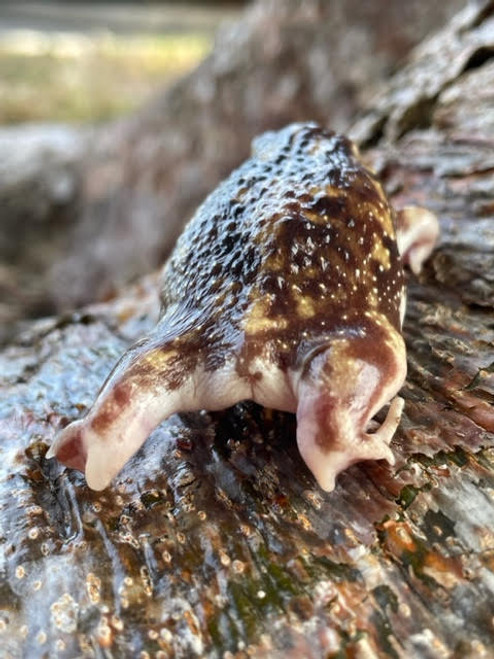Seeking Rain Frog for Sale? Find Your Ideal Amphibian Companion Here!
Seeking Rain Frog for Sale? Find Your Ideal Amphibian Companion Here!
Blog Article
The Most Effective Reptile Enclosures: How to Develop the Perfect Habitat
Creating the perfect habitat for reptiles is not almost putting them in a tank or unit; it includes a thoughtful consideration of numerous elements that add to their total wellness. From the size of the room to the kind of substratum made use of, every component plays a critical role in providing an environment where your reptile can thrive. By recognizing the details needs of your reptile species and carrying out the appropriate environment configuration, you can guarantee their wellness and joy in captivity.
Picking the Right Unit Size
When picking a room dimension for reptiles, it is vital to consider their natural behaviors and room requirements to ensure their wellness and health and wellness. Various reptile species have differing requirements when it pertains to environment space. Arboreal types like chameleons or tree serpents require upright area for climbing up and perching, while terrestrial species such as bearded dragons or leopard geckos require more flooring room for discovering and thermoregulation. Water turtles like red-eared sliders demand rooms with both water and land locations for swimming and basking.
A basic policy of thumb is to provide adequate room for the reptile to display natural habits, such as basking, hiding, climbing up, and foraging. By meticulously considering the specific demands of the reptile varieties in question, owners can develop an ideal and enriching environment that promotes general wellness and encourages natural actions.
Setting Up Proper Burner
To ensure the well-being and wellness of reptiles in their rooms, it is vital to thoroughly establish correct home heating elements. Reptiles are ectothermic creatures, meaning they count on outside heat resources to manage their body temperature. When establishing heating aspects in a reptile room, it is crucial to think about the particular temperature requirements of the types you are looking after. Various reptiles have varying temperature needs based on their natural environment, so it is vital to research and recognize these needs.
One effective and usual heating aspect for reptile units is a heat lamp or ceramic warm emitter. These warmth resources can be made use of to create a temperature level gradient within the unit, allowing reptiles to move in between warmer and cooler locations as required. In addition, under-tank hot pad or warmth floor coverings can be made use of to give belly warmth, which is specifically helpful for reptiles that need extra heat to help in food digestion.
Keeping track of the temperature level within the room utilizing a thermometer is important to ensure that click here for info the heating elements are maintaining the proper temperature range for your reptile. On a regular basis check and change the burner as required to create a comfortable and healthy and balanced atmosphere for your flaky friend.
Choosing Appropriate Illumination Components

Providing the Suitable Substratum
Picking the ideal substratum is crucial for developing a comfy and ideal atmosphere for reptiles in their rooms. Some reptiles, such as desert-dwelling types like bearded dragons, flourish on substrates like calcium sand or reptile carpet, while others, like ball pythons, favor coconut husk or aspen bed linens to preserve humidity levels.
Furthermore, the size of the reptile need to additionally affect your option of substrate, he has a good point as hatchlings might call for a better material to avoid intake. Stay clear of substratums that can create impaction, such site web as loosened substratums like sand or gravel, especially for reptiles recognized to ingest their bedding. Routinely cleaning and changing the substrate is vital to make certain a sanitary and tidy atmosphere for your reptile. By selecting the excellent substrate, you can add to the total wellness and well-being of your flaky companion.
Designing for Enrichment and Comfort
Considering the substrate's role in providing a structure for all-natural habits and preserving a suitable environment, boosting the reptile unit with appropriate designs is important for both enrichment and convenience. When embellishing the room, it is vital to consider the reptile's species-specific needs and actions to develop a room that advertises physical and psychological health. By including a range of decorations that mimic the reptile's natural habitat, proprietors can guarantee their family pet's comfort and stimulate their all-natural reactions, eventually leading to a better and much healthier reptile.
Final Thought

Creating the ideal environment for reptiles is not simply about putting them in a tank or unit; it entails a thoughtful consideration of different variables that contribute to their general health.Choosing the appropriate substrate is necessary for developing a appropriate and comfy environment for reptiles in their rooms. Some reptiles, such as desert-dwelling species like bearded dragons, flourish on substratums like calcium sand or reptile carpeting, while others, like round pythons, prefer coconut husk or aspen bed linens to maintain humidity levels.
By incorporating a range of designs that simulate the reptile's all-natural habitat, owners can ensure their family pet's convenience and promote their all-natural impulses, inevitably leading to a happier and healthier reptile.
In conclusion, producing the optimal environment for reptiles includes choosing the proper unit dimension, home heating components, lighting components, substratum, and designs.
Report this page